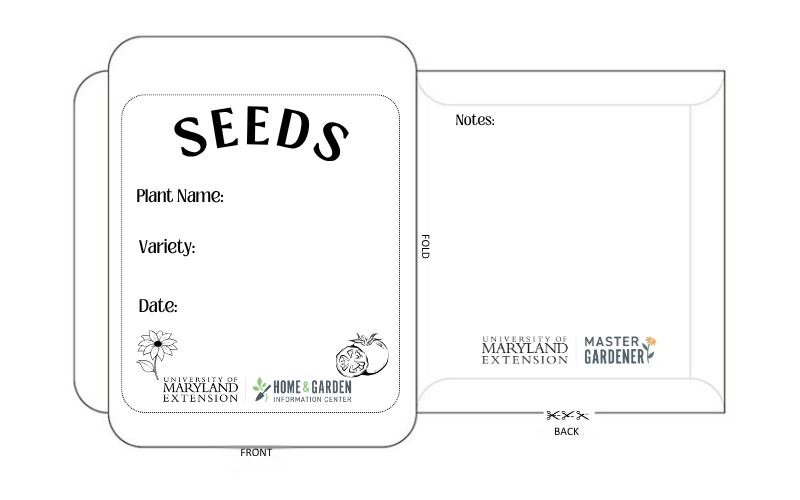Updated: November 11, 2025
About tomatoes
- Hardiness: Tomatoes are very tender, warm-season annual plants. Frost will injure the top growth; they need warm weather to grow.
- Planting: Transplant after all danger of frost is past and when the soil has warmed. Full sun requires direct light at least 6 hours/day; prefers 8 - 10 hours/day.
- Days to maturity: 65 - 90 from transplant.
- Spacing: 18”-36” in rows x 48”-60” between rows. Spacing depends on such factors as the growth habit of the plants and whether staked or caged.
- Fertilizer needs: High requirement for nutrients, either from soil organic matter or fertilizers. Use starter fertilizer for transplants. Side-dress after first fruits appear. Additional fertilizer may be needed depending on plant growth, fruit load, and soil fertility. Do not add Epsom salts (magnesium sulfate) to the soil unless soil testing shows a magnesium deficiency. Refer to Fertilizing Vegetables for details.
- Approximate yield: 15 - 45 lbs. per 10-ft row.
Growing and care of tomatoes
- The tomato (Solanum lycopersicum) is an herbaceous, usually sprawling plant in the nightshade family that is typically cultivated for its edible fruit. It is a perennial but is usually grown outdoors in temperate climates as an annual.
- Tomatoes are the most common and beloved vegetable crop for home gardeners. They require relatively little space and can yield 10 to 15 pounds or more of fruit per plant. There are many different types and varieties available from seed catalogs:
- Midget, patio, or dwarf tomato varieties have very compact vines and are best grown in hanging baskets or other containers. The tomatoes produced often are the cherry type (1-inch diameter or less); some produce larger fruit.
- Cherry tomatoes have small, cherry-sized (or a little larger) fruits often used in salads. Plants of cherry tomatoes range from dwarf (Tiny Tim) to 7 footers (Sweet 100). One standard cherry tomato plant is usually sufficient for a family.
- Compact or determinate tomato plants may include cultivars of the above two categories. Determinate cultivars stop growth at a certain height; the plant’s growing point is determinate. Many commercial and early-ripening tomato varieties are determinate, but typically produce tomatoes throughout the summer.
- Indeterminate tomato plants have vines that continue to grow until frost or disease kills them. These include many of the standard, long-season tomatoes that are popular with home gardeners.
- Beefsteak-type tomatoes are large-fruited types, producing a tomato slice that easily covers a sandwich. Individual fruits often weigh more than one pound. However, larger fruit is prone to splitting and cracking. They are usually late to ripen.
- Paste tomatoes have small to large pear-shaped or elongated fruits with meaty interiors and few seeds. They are less juicy than standard tomatoes, do not have a large central core, and are preferred for drying, canning, and sauces.
- Grape tomato cultivars are fairly recent hybrids. The fruit is smaller, less watery, and more flavorful than most cherry tomato cultivars.
- Cultivars with orange, yellow, pink, purple, brown, or striped fruit are becoming more commonplace in seed catalogs.
- Heirloom tomatoes are older, open-pollinated cultivars grown for unique eating quality, color, shape, and genetic preservation. Some have “potato leaf” foliage. They can be found through seed exchanges and most seed catalogs.
- If the soil calcium level is low, mix 1/4 cup of gypsum into the soil of each planting hole to help prevent blossom end rot. Do not add Epsom salts (magnesium sulfate) to the soil unless soil testing shows a magnesium deficiency.
- If purchasing transplants, select stocky plants about 6- to 10-inches tall. Set tomato transplants in the ground covering the main stem so that only two or three sets of true leaves are exposed.
- Horizontal planting of tomato plants is an effective way to make plants stronger, especially leggy ones. Roots will form along the buried portion of the stem.
- Avoid setting the root ball deeply into cold soil.
- Watering – Keep the root zone moist by watering deeply and regularly during dry periods. Water at least once weekly, more frequently when during dry periods and when blossoms begin to develop.
- Weeding– Tomatoes have a relatively shallow, fibrous rooting system, so cultivate carefully or use a thick mulch to prevent weeds.
- Pruning: Suckers are shoots that arise from axils (the angle where a plant stem and leaf branch meet). These shoots will eventually produce flowers and fruit. However, moderate pruning will increase fruit size, hasten ripening, and keep your plants more manageable. Prune staked tomatoes to one to three main stems (plant spacing can be reduced in these situations). Remove all other suckers weekly. It is especially important to remove suckers that emerge from the plant base. Pinch shoots off with your fingers.
Key to common problems of tomatoes

